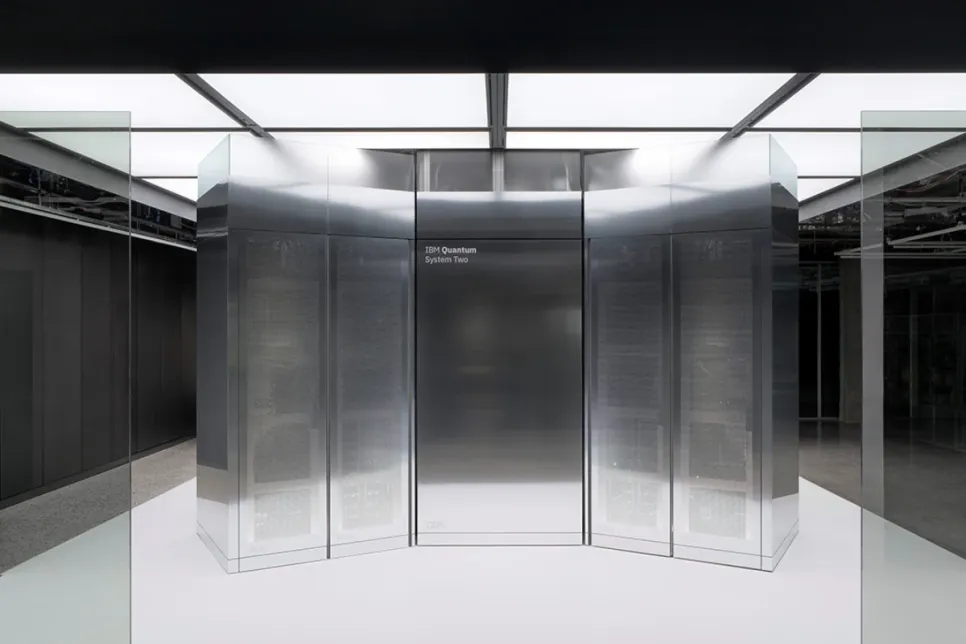Bosch Puts Its First In-House Electrolyzer into Operation
After officially launching Hybrion proton exchange membrane (PEM) in March, Bosch has now put two of them into operation in an electrolyzer at its Bamberg site.

At the annual Quantum Summit in New York, IBM debuted Quantum Heron, the first in a new series of utility-scale quantum processors. The company also unveiled Quantum System Two, its first modular quantum computer and the cornerstone of quantum-centric supercomputing architecture.
The first Quantum System Two, located in Yorktown Heights, New York, has begun operations with three Heron processors and supporting control electronics. With this critical foundation now in place, along with other breakthroughs in quantum hardware, theory, and software, the company is extending its Quantum Development Roadmap to 2033 with new targets to significantly advance the quality of gate operations. Doing so would increase the size of quantum circuits able to be run and help to realize the full potential of quantum computing at scale.
"We are firmly within the era in which quantum computers are being used as a tool to explore new frontiers of science," said Dario Gil, IBM SVP and Director of Research. "As we continue to advance how quantum systems can scale and deliver value through modular architectures, we will further increase the quality of a utility-scale quantum technology stack – and put it into the hands of our users and partners who will push the boundaries of more complex problems."
Quantum systems can now serve as a scientific tool to explore utility-scale classes of problems in chemistry, physics, and materials beyond brute force classical simulation of quantum mechanics. Researchers, scientists, and engineers have expanded demonstrations of utility-scale quantum computing to confirm its value in exploring uncharted computational territory. This includes experiments already running on the new Heron 133-qubit processor.
Quantum System Two is the foundation of IBM's next-generation quantum computing system architecture. It combines scalable cryogenic infrastructure and classical runtime servers with modular qubit control electronics. This architecture combines quantum communication and computation, assisted by classical computing resources, and leverages a middleware layer to appropriately integrate quantum and classical workflows.
As part of the newly expanded ten-year Quantum Development Roadmap, IBM plans for this system to also house future generations of quantum processors. Also, as part of this roadmap, these future processors are intended to gradually improve the quality of operations they can run to significantly extend the complexity and size of workloads they are capable of handling.